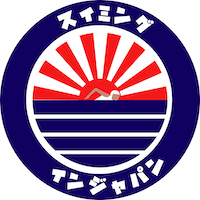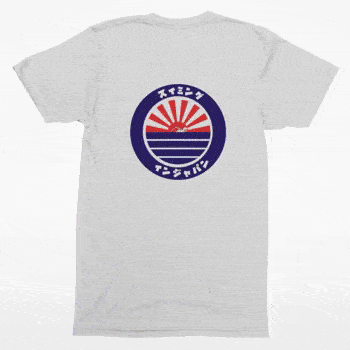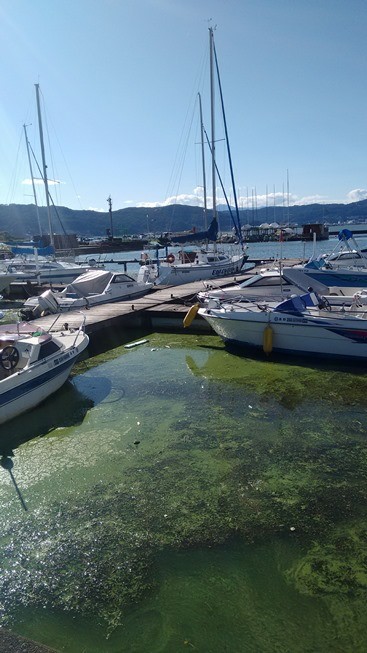
Lake Suwa (諏訪湖), is a freshwater lake of murky, green-brown water in the shadow of the Kiso Mountains, Minami-Alps, Nagano. It’s the 24th largest lake in Japan, and the largest in this central Honshu prefecture known for snow, ski and soba. Its location means Suwako spends a significant portion of the year iced over.
Typically for Japan’s seismic character, natural onsen waters spring up underneath the lake (and of course all around the area). There are beautiful, seasonal, jagged ice mountains all across the lake during the winter months due to the pressure of the warm water pushing up. The locals call these peaks ‘God’s Crossing’ (御神渡り o-miwatari).
In warmer times the lake is popular with water skiers, sightseers on swan-shaped amphibious car-boats, and, seemingly from the architecture (though purpose in these rural parts unknown) passing salarymen staying in functional, cheap business hotels. It has a pleasant grass shoreline in places for picnics but perhaps swimming is a niche pursuit. In fact, swimming could even be dangerous, depending on the type of algae causing the luminous green colour in the water … we are not necessarily recommending this one.
On a cultural note, a trip here can be combined with a visit to Suwa Grand Shrine (諏訪大社). It’s an impressive set of buildings and courtyards dating back to at least the 7th century. It’s spread out over two sites, south and north of the lake.
In mid-August the Suwa Fireworks Festival takes place over the lake, and is known as one of the most impressive in all of Japan.
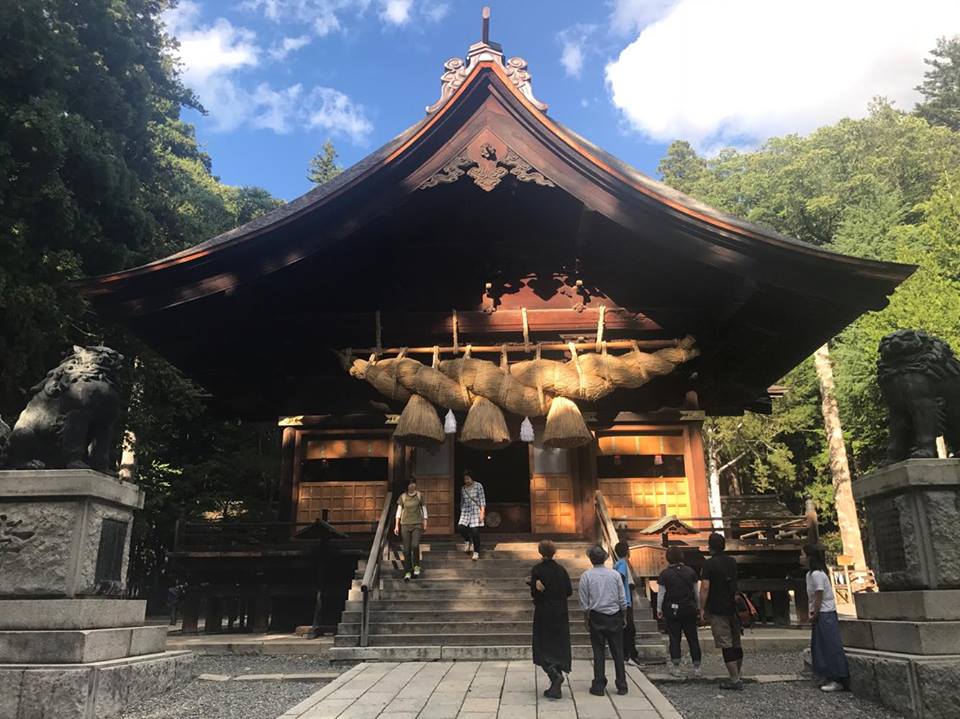
In mid-August the Suwa Fireworks Festival takes place over the lake, and is known as one of the most impressive in all of Japan.
Where is Suwako?
Lake Suwa is in the south of Nagano prefecture, Near Chino City (茅野市). It’s about 20km south of Matsumoto, the famous castle town, and only a short distance north of the border with Yamanashi Prefecture.
Kami-Suwa (上諏訪駅) is the nearest train station, and from there it’s just a 200 metre walk to the lake, past the Suwashi Museum (諏訪市美術館). Lakeside you’ll find a nice green space, Suwashi Kohan Park (諏訪市湖畔公園). You can set up base here while you decide if you are brave (or silly) enough to submerge yourself.
.
How do I get to Suwako?
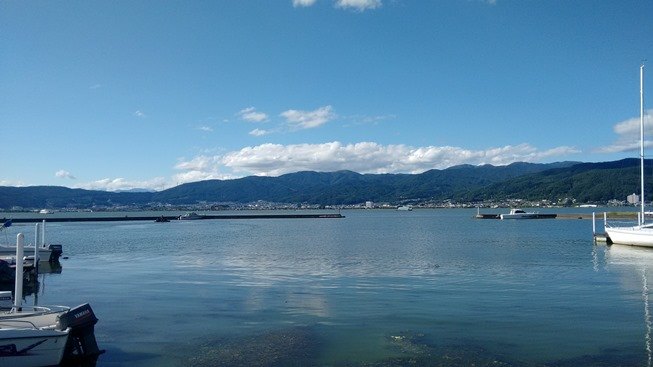
Leaving from the east, it’s best to take the JR Chuo Express (中央東線) to Kami-Suwa Station (Y6350, 2.5 hours from Shinjuku Station). Yokohama Station is a little over 3 hours and costs Y6-7000.
Coming from the north/west side, it’s only 22 minutes (and 1900 Y) from Matsumoto Station on the JR Chuo Express.
The JR Chuo Express trains are great fun, space age looking things - called Azusa, Super Azusa and Kaiji. They’re sort of like special Shinkansen designed to manage the steep, snowy mountain passes in central Honshu. The journey is scenic: grab a beer and a bento and enjoy the ride. More info here.
Useful bits
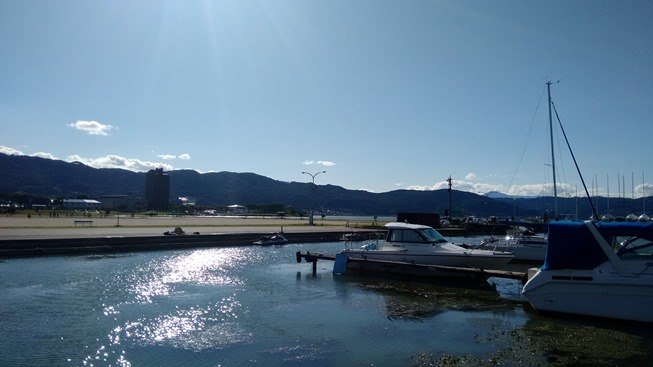
There’s a toilet … which was locked … on the side of a waterski and jetski centre, north of Suwashi Kohan Park. If you walk into the neighbourhoods behind here (heading east) there’s a Lawson convenience store, plus restaurants, hotels and of course hot springs with facilities.
There are several to choose from, but our pick is the Geyser Centre (諏訪湖間欠泉センター), a short walk north from Kami-Suwa station, where you can have a look at pillars of steam rising from rocks, eat nice food and take an onsen. Other onsen in the immediate local area and easily reachable on foot from the station include Katakurakan (片倉館) and the ‘upmarket’ (though still pretty reasonable) 諏訪湖ホテル (Lake Suwa Hotel).
Most other food-related amenities seem to be dotted along the unremarkable kind of wild-west main roads, but as usual the onsen will provide standard post-bath food too.
